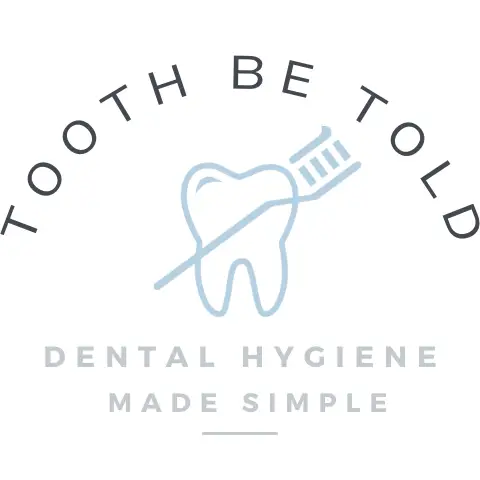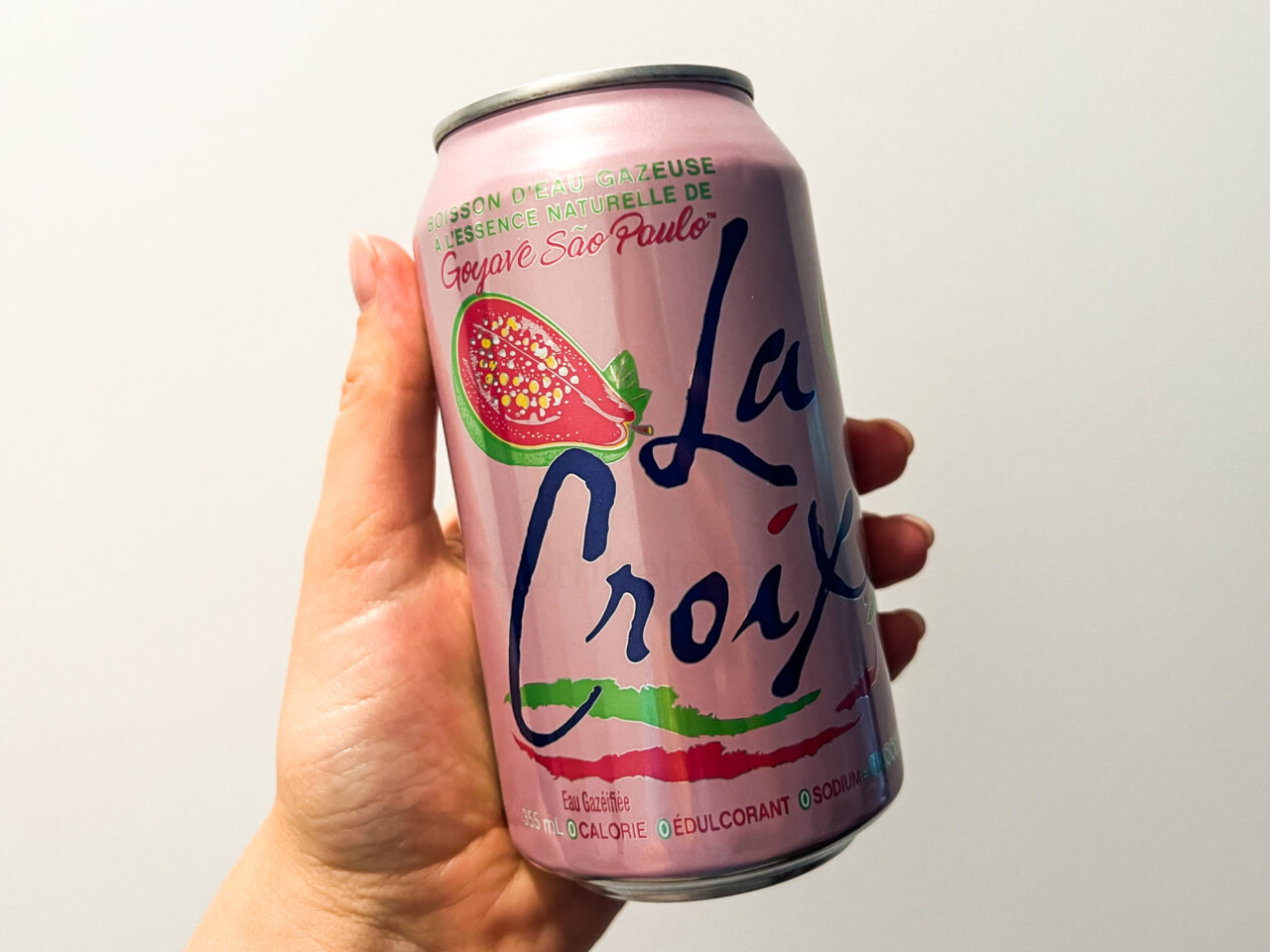
Drinking sparkling water, such as LaCroix, is becoming a popular replacement for drinking regular still water. But are LaCroix and other sparkling waters bad for your teeth? As a dental hygienist, I explain to my patients the effects of sparkling water on oral health.
LaCroix, a sparkling water variant, has a pH range of 3-4. Dental issues such as demineralization and acid erosion start at pH 5.5 or below, leading to tooth sensitivity, discoloration, and cavities. Rapid consumption rather than prolonged sipping of such beverages can mitigate these risks.
However, there are ways to safely consume sparkling water to prevent tooth damage. In this post, I explain how sparkling water’s pH levels affect the teeth, why you don’t need to cut it out entirely, and how to consume it safely.
As a dental professional, I want to provide you with information and the best advice I can give you: and not to banish your favourite drinks such as LaCroix.
The effects of LaCroix and sparkling water on teeth
Drinking the odd sparkling water such as LaCroix is OK. You do not need to stop drinking it altogether. Moderation is key!
Our mouths are very sensitive to pH levels, and almost everything we consume is under the 5.5 pH level. Below is an excellent handout Sensodyne created that I give patients explaining more about acid erosion and popular food and drink items than can thin enamel.
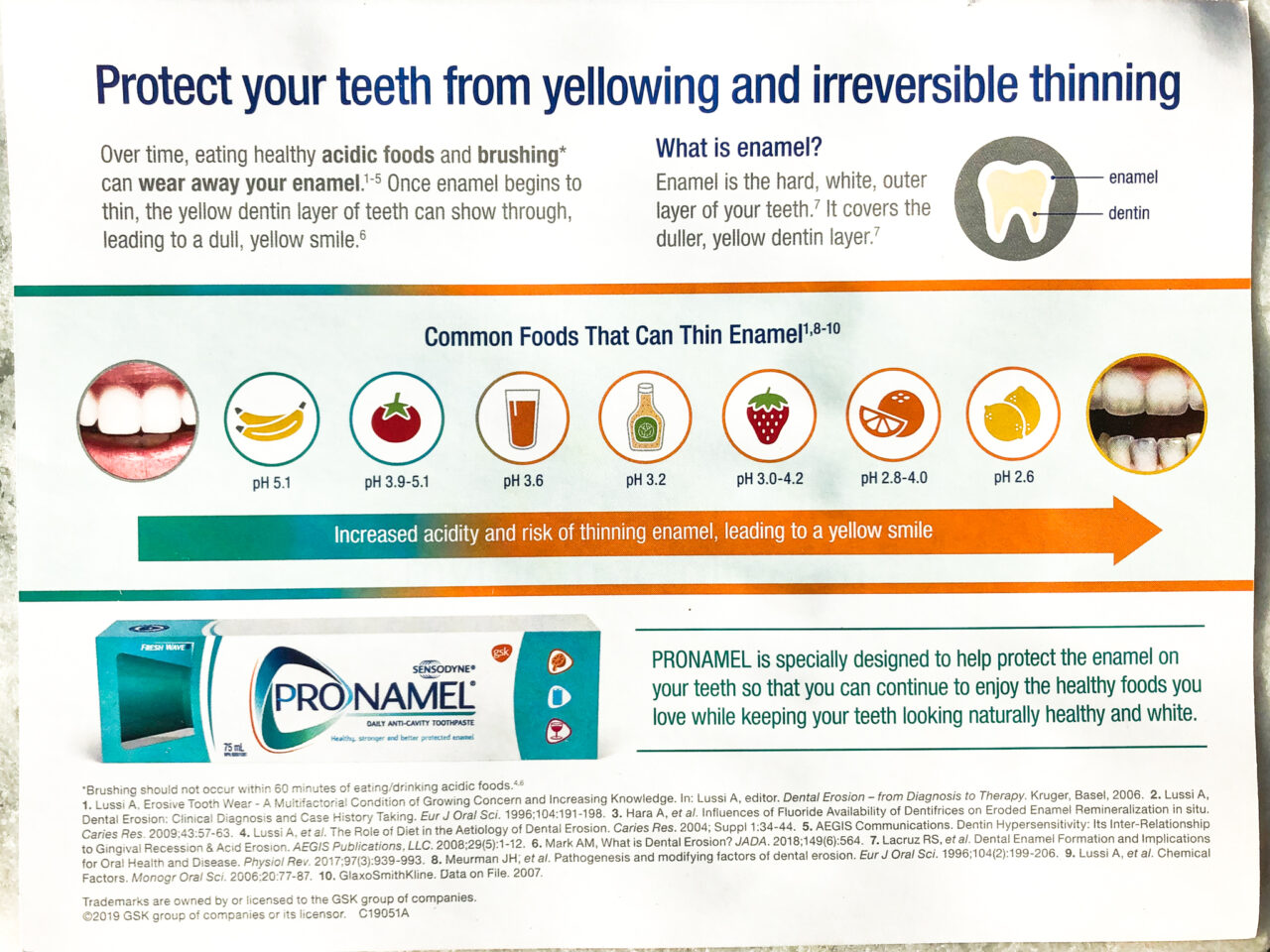
Acid erosion on the teeth usually happens slowly, and the person does not know it is happening. It can occur with anything consumed that is below a pH level of 5.5.
Because the knowledge about the potential consequences of drinking sparkling water isn’t widespread, the creative marketing of LaCroix, Bubly, Sodastream, and other sparkling water brands has enticed people to drink it more frequently.
With working from home becoming more prevalent now, my husband included, people have an endless supply of sparkling water in the fridge. I have seen an increase in the consumption of sparkling water. I have even shifted my dental hygiene practice to educate people about their sparkling water consumption to prevent acid erosion.
When teeth are in an acidic environment, they start to dissolve and lose minerals, making them more soft.
The frequency and longevity of drinking LaCroix and other sparkling waters can lead to the following;
- Acid erosion
- Cavities
- Discolouration
- Tooth Sensitivity
- Translucent Enamel
Translucent teeth are often overlooked, but especially for the front teeth, they are already thinner and do not have thick enamel at the edge to make them appear as white as other teeth. Over time, when the enamel is lost, the teeth become more see-through, making them appear darker and dull.
Below is a post I wrote all about tooth translucency and how to maintain your enamel! It will help you prevent your front teeth from looking darker and dull.
Read Now: Preventing Tooth Translucency: 13 Tips to Maintain Enamel
Brushing with toothpaste formulated for acid erosion is crucial to prevent all these potential adverse effects. It is also important to use toothpaste that is not abrasive.
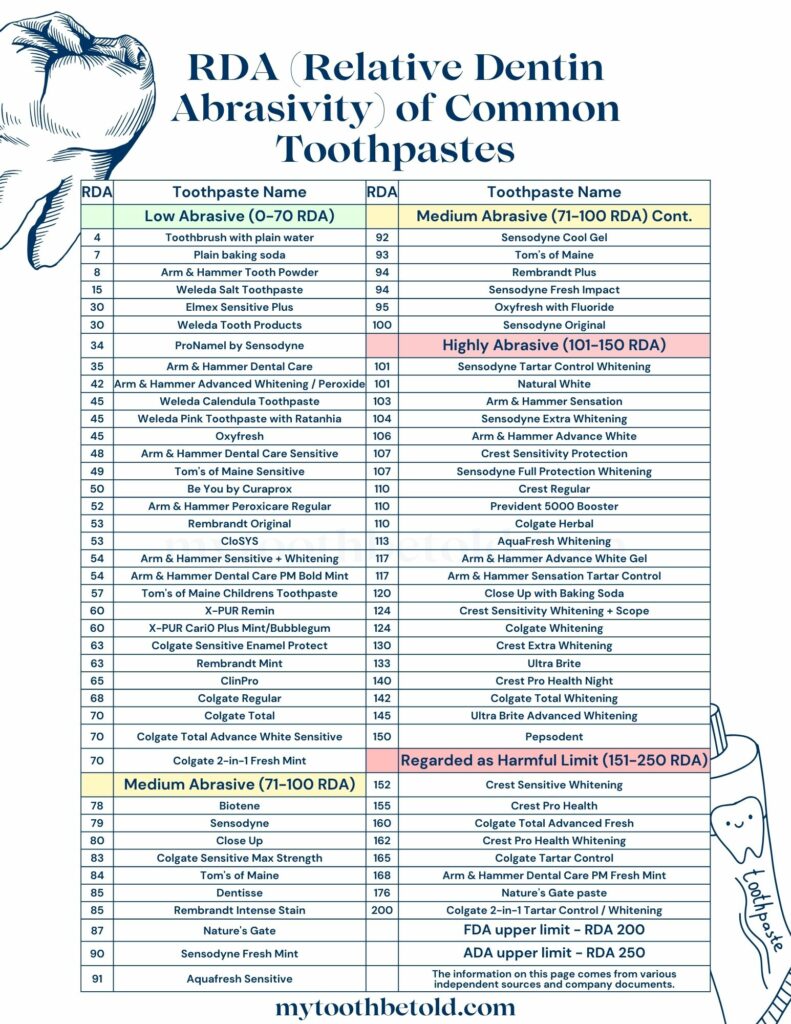
But when is the best time to brush your teeth after drinking LaCroix?
Do you have to brush your teeth after drinking LaCroix?
Brushing teeth right after drinking sparkling water can lead to tooth abrasion. To prevent this, wait at least 30 minutes for saliva to neutralize the acid and restore a safe pH level above 5.5. This allows the tooth to reharden, making brushing safe.
To get the best results, floss first, brush for 2 minutes with a pea-sized amount of toothpaste, and only spit after. Do not eat, drink or rinse your mouth out with water for at least 30 minutes.
It can seem different to not rinse with water after brushing, and not what you are used to, but the results are excellent and can significantly impact oral health.
I also recommend using an electric toothbrush while brushing. It is more effective and, when used properly, can prevent gum and tooth wear.
Brushing too hard can lead to tooth and gum wear which unfortunealty is irreversible.
Read Now: Hygienist Compares: Sonicare vs. Oral-B Electric Toothbrushes
Is LaCroix worse for your teeth than soda?
Sparkling water, including LaCroix, is not worse for your teeth than soda. However, people are more likely to drink multiple sparkling waters daily than soda.
It comes back to the amount of time the mouth is at a pH level lower than 5.5. The longer the mouth is at a lower pH, the more acid erosion can occur.
If someone drinks one soda quickly, swishes with water after and brushes at least 30 minutes later, this is better than someone who sips on sparkling water throughout the day.
Soda has a low pH level, but because of its high sugar content, the sugar feeds the bacteria in the mouth. As the bacteria consume the sugar, they produce acid. This cycle continues, allowing the bacteria to thrive and multiply, causing even more acid to be produced.
Tooth decay is more likely when sugar and a lower pH are involved. Below is a simple diagram to show how sugar impacts bacteria and leads to caries (cavities).
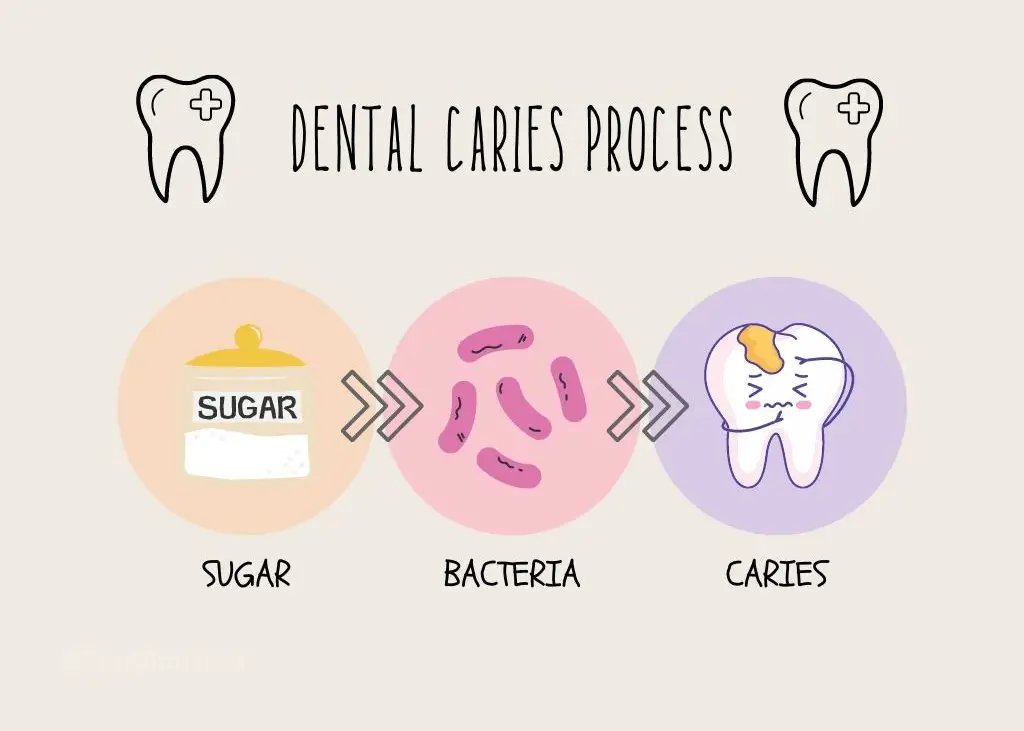
Is it OK to drink LaCroix instead of water?
It is OK to drink LaCroix instead of water in moderation due to the acid erosion effects on the teeth caused by the low pH level. Do not fully replace regular still water with sparkling water. Limit sparkling water to one a day, drink it quickly, and rinse with water afterward to protect the teeth.
Sparkling water is either low-calorie or calorie-free, just like regular still water. It is also hydrating, and I even read that it can have a more thirst-quenching feeling than regular still water due to the bubbles, which can satisfy people more.
I hope this information has helped you and that you don’t feel like you have to completely cut out your favourite LaCroix or sparkling water flavour.
Keep smiling,
Holly 🙂
